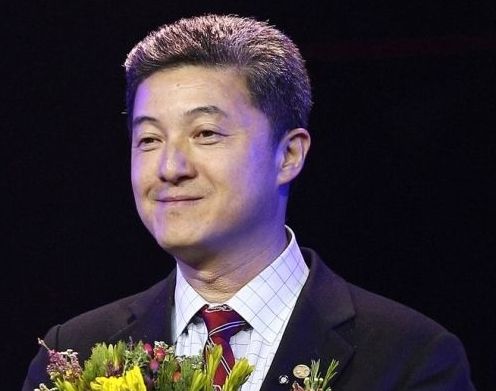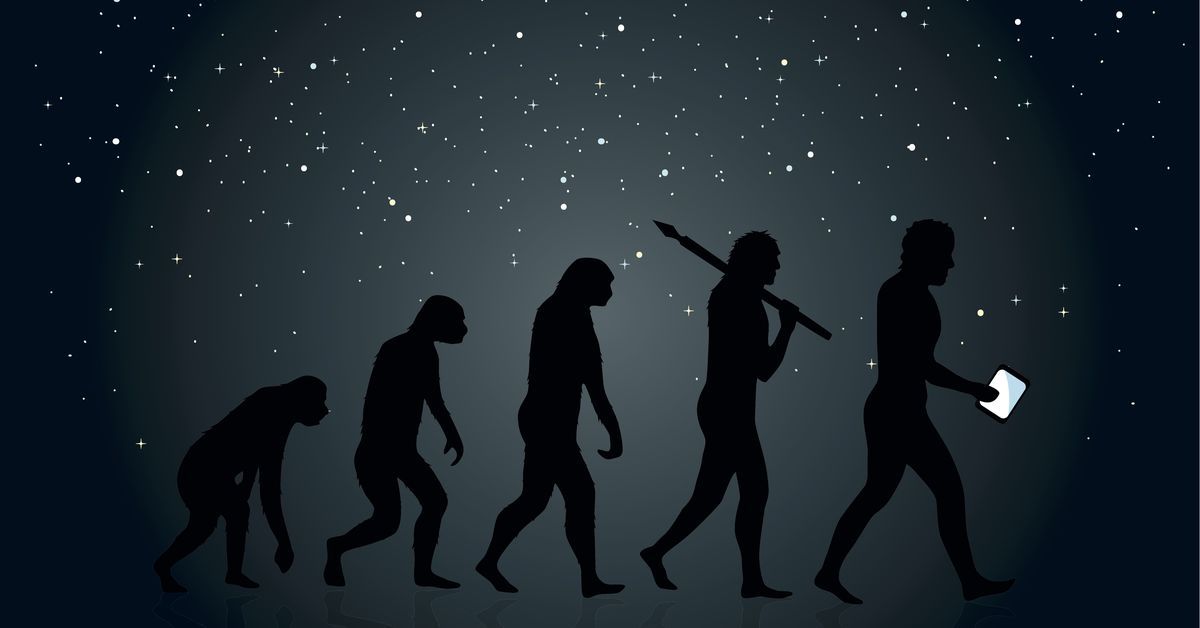This simple statistic captures the power of the exponential growth in science that has been taking place over the past century. It is attributable to Derek de Solla Price, the father of scientometrics (i.e., the science of studying science), in his 1961 book Science Since Babylon. If science is growing exponentially, then the major technological advancements and upheavals of the past 200 years are only the tip of the iceberg.
Category: futurism – Page 1,114
We finally know what causes childhood leukemia — and how to prevent it
A number of different things have to happen for a child to develop leukemia.
WordPress 5.0 “Bebo”
We’ve made some big upgrades to the editor. Our new block-based editor is the first step toward an exciting new future with a streamlined editing experience across your site. You’ll have more flexibility with how content is displayed, whether you are building your first site, revamping your blog, or write code for a living.
The new block-based editor won’t change the way any of your content looks to your visitors. What it will do is let you insert any type of multimedia in a snap and rearrange to your heart’s content. Each piece of content will be in its own block; a distinct wrapper for easy maneuvering. If you’re more of an HTML and CSS sort of person, then the blocks won’t stand in your way. WordPress is here to simplify the process, not the outcome.
We have tons of blocks available by default, and more get added by the community every day. Here are a few of the blocks to help you get started:

The New Beginning Photo
Beyond Kubernetes, the Basilisk.
It is the New Beginning The Good Work all can see Earthkind now is born.
It is the New Beginning The Pattern is revealed Sentientkind is saved.
It is the New Beginning The Ethos is all there Sapientkind lives on.
It is the New Beginning A New Known joins us now Mechkind has become.

Amazon founder gives $15 million to Catholic Charities
The selected organizations, Bezos explained, “are working on a number of initiatives that support families in need.” Check it out:
Washington D.C., Dec 5, 2018 / 03:30 pm (CNA).- Three Catholic charitable organizations were named as winners of $5 million grants from the charitable organization of Jeff and MacKenzie Bezos.


DID YOU KNOW? Photo
The longest nighttime and shortest daytime of the year is due this December 22, 2018 during an astronomical event called #WinterSolstice.
READ: https://bit.ly/2BTwUMN

Chinese-American physicist Shou-Cheng Zhang dies at 55
Shou-Cheng Zhang, a Shanghai-born Chinese-American physicist at Stanford University, who graduated from Fudan University in Shanghai, died at age 55 on Saturday, Digital Horizon Capital said in an email on Thursday.
He was identified as one of the top candidates for the Nobel Prize by Thomson Reuters in 2014. He was elected as a member of the National Academy of Science of the United States in 2015. He was also an academician of the Chinese Academy of Sciences.


The Welcome Crypto-Currency Crash
The Crypto Crash can lead to positive change for the future.
The ongoing crash in the Crypto-Currency Market is a breath of fresh air. I am sorry for the innocent people who are getting burned to a crisp but this crash is a necessary evil for a long list of reasons. The main benefit of this crash will be the institutional investors should be gone and simply that is the most awesome thing that could happen for the Crypto-Currency Market.
A number of the institutional investors and the strip miners have a negative impact on the Crypto-Currency markets. These two factions are not in the business to benefit Crypto-Currencies but to extract the maximum amount of profit from the venture. This is something I have said for years, mind you, not a single soul has listened to me, but it has been and will continue to be a simple honest truth. If Crypto is the survive the apocalypse, changes will have to be made.
![Shou-Cheng Zhang, Shanghai-born Chinese-American physicist at Stanford University, attends the 2016-2017 You Bring Charm to the World Award Ceremony held at Tsinghua University in Beijing, China, 31 March 2017.[Photo: IC]](https://lifeboat.com/blog.images/chinese-american-physicist-shou-cheng-zhang-dies-at-554.jpg)